Home>Maintenance & Safety>Child & Elderly Safety at Home>When Can You Stop Using A Booster Seat In New York


Child & Elderly Safety at Home
When Can You Stop Using A Booster Seat In New York
Modified: August 27, 2024
Learn about the New York booster seat laws and when it's safe to transition your child to a regular seat. Ensure child and elderly safety at home with expert guidance.
(Many of the links in this article redirect to a specific reviewed product. Your purchase of these products through affiliate links helps to generate commission for Storables.com, at no extra cost. Learn more)
Introduction
Ensuring the safety of children in vehicles is a top priority for parents and caregivers. In New York, as in many other states, laws and regulations are in place to protect young passengers and reduce the risk of injury in the event of a collision. One crucial aspect of child passenger safety is the use of booster seats, which are designed to provide additional protection and proper positioning for children who have outgrown their forward-facing car seats but are not yet ready for adult seat belts.
Understanding the guidelines for booster seat usage in New York is essential for parents, guardians, and anyone responsible for transporting children. By adhering to these regulations, individuals can help safeguard young passengers and minimize the potential for serious injuries in the event of a car accident.
In this comprehensive guide, we will delve into the specifics of New York's laws regarding booster seat usage, explore the circumstances under which a child can transition from a booster seat to using a regular seat belt, and provide valuable tips for ensuring the safety of young passengers in vehicles. By the end of this article, readers will have a clear understanding of the legal requirements and best practices for protecting children while traveling in New York.
Key Takeaways:
- Booster seats are required in New York for kids under 8 or under 4’9″ to keep them safe in cars. It’s important to follow these rules to protect young passengers and prevent injuries.
- Children in New York can stop using booster seats at age 8 or when they’re taller than 4’9″. It’s crucial to consider their physical development and ensure they can be safely restrained by a regular seat belt.
New York State Law on Booster Seat Usage
In New York, the law mandates the use of booster seats for children under the age of 8 and those who are shorter than 4 feet 9 inches. This regulation is grounded in the understanding that young passengers require additional protection to ensure their safety while traveling in motor vehicles. Booster seats are specifically designed to elevate children to a height where the vehicle's seat belt fits them properly, reducing the risk of injury in the event of a crash.
The law requires that children be secured in an appropriate child restraint system, such as a booster seat, until they reach the age of 8 or meet the height requirement of 4 feet 9 inches. This legal framework aims to mitigate the potential for serious harm to children by ensuring that they are adequately restrained while riding in vehicles.
It's important to note that the New York State law on booster seat usage aligns with the best practices recommended by safety experts and organizations. By adhering to these regulations, caregivers and parents can play a pivotal role in safeguarding young passengers and minimizing the risk of injury during car journeys.
The enforcement of booster seat laws is a crucial component of New York's commitment to child safety in vehicles. By mandating the use of booster seats for children who have outgrown traditional car seats but are not yet ready for adult seat belts, the state underscores its dedication to protecting young passengers and reducing the likelihood of severe injuries in the event of a collision.
In essence, the New York State law on booster seat usage serves as a vital safeguard for children, emphasizing the significance of proper restraint systems tailored to their age, height, and developmental needs. By understanding and complying with these regulations, caregivers and parents can contribute to creating a safer environment for young passengers traveling in New York.
This section provides a comprehensive overview of the legal requirements surrounding booster seat usage in New York, setting the stage for a deeper exploration of when children can transition from booster seats to using regular seat belts.
When Can a Child Stop Using a Booster Seat in New York?
In New York, the decision to transition a child from a booster seat to using a regular seat belt hinges on several crucial factors. According to the state's regulations, children can discontinue using a booster seat when they reach the age of 8 or when they surpass the height of 4 feet 9 inches. These criteria are pivotal in determining when a child can safely transition to using a regular seat belt in a vehicle.
The age and height requirements specified in New York's booster seat laws are rooted in extensive research and safety considerations. Children under the age of 8 or those who are shorter than 4 feet 9 inches are at a heightened risk of sustaining severe injuries in the event of a car accident if they are not properly restrained. Therefore, the utilization of booster seats for children who fall within these parameters is crucial for their safety and well-being while traveling in motor vehicles.
It's essential for parents, guardians, and caregivers to diligently monitor and assess their child's growth and development to determine when they meet the specified age and height thresholds for transitioning out of a booster seat. By adhering to these guidelines, individuals can ensure that children are provided with the appropriate level of protection and restraint while riding in vehicles.
Moreover, the decision to discontinue the use of a booster seat should not solely be based on meeting the minimum age and height requirements. It is equally important to consider the child's physical development, including their ability to sit properly in a vehicle seat and maintain good posture without slouching. Additionally, the proper positioning of the vehicle's seat belt across the child's body, particularly over the chest and the upper thighs, is a crucial aspect to evaluate before transitioning them from a booster seat to a regular seat belt.
By carefully assessing these factors and ensuring that children meet the age, height, and developmental benchmarks, caregivers can make an informed decision regarding when it is appropriate for a child to stop using a booster seat in New York. This thoughtful approach underscores the commitment to prioritizing the safety and well-being of young passengers while traveling in vehicles.
In summary, the decision to discontinue the use of a booster seat in New York is contingent upon the child reaching the age of 8 or surpassing the height of 4 feet 9 inches, in addition to considering their physical development and ability to be properly restrained by a regular seat belt. By adhering to these guidelines and exercising vigilance in assessing the child's readiness, caregivers can play a pivotal role in ensuring the safety of young passengers during car journeys in New York.
In New York, children must use a booster seat until they are 8 years old or reach the height of 4 feet 9 inches. It’s important to follow these guidelines to ensure your child’s safety in the car.
Exceptions to New York's Booster Seat Law
While New York State law mandates the use of booster seats for children under the age of 8 and those who are shorter than 4 feet 9 inches, there are specific exceptions to these regulations. Understanding these exceptions is crucial for caregivers and parents to navigate the nuances of booster seat usage in certain circumstances.
One notable exception to New York's booster seat law pertains to the physical characteristics of a child. If a child under the age of 8 exceeds the height requirement of 4 feet 9 inches, they may be exempt from using a booster seat. This exception acknowledges that some children may reach the specified height threshold before turning 8, and as a result, they may transition directly to using a regular seat belt. It's important for caregivers to regularly assess the child's height and ensure that they meet the established criteria for exemption from booster seat usage.
Another exception involves medical considerations. If a licensed physician provides a written statement indicating that the use of a booster seat is medically inadvisable for a particular child, then they are exempt from the requirement. This exception recognizes that certain medical conditions or physical limitations may necessitate alternative forms of restraint systems or exemptions from booster seat usage. Caregivers should consult with healthcare professionals to obtain the necessary documentation and guidance in such cases.
Furthermore, New York's booster seat law includes an exception for vehicles where all rear seats are already occupied by children under the age of 8. In such instances, a child who is not secured in a booster seat due to the unavailability of space in the rear seats may occupy the front passenger seat and use a regular seat belt. This exception acknowledges the practical limitations in vehicles where all rear seats are occupied by young passengers, providing flexibility in ensuring the restraint and safety of children in such scenarios.
Additionally, the law allows for an exception when a child is riding in a taxi or for-hire vehicle, recognizing the unique circumstances of these modes of transportation. In these situations, if a booster seat is not available, the child can use a regular seat belt. This exception acknowledges the challenges of ensuring the availability of booster seats in taxis and for-hire vehicles, while still emphasizing the importance of proper restraint for child passengers.
Understanding these exceptions to New York's booster seat law is essential for caregivers and parents, as they provide valuable insights into the nuanced scenarios where children may be exempt from using booster seats. By being aware of these exceptions and their specific criteria, individuals can navigate the complexities of child passenger safety regulations with clarity and confidence, ultimately contributing to the well-being and protection of young passengers in vehicles.
Tips for Ensuring Child Safety in Vehicles
-
Select Appropriate Restraint Systems: Ensure that children are secured in the appropriate child restraint system based on their age, height, and weight. This includes utilizing rear-facing car seats for infants and toddlers, transitioning to forward-facing car seats, and subsequently using booster seats until the child meets the specified age and height requirements for using a regular seat belt.
-
Regularly Inspect and Maintain Car Seats and Booster Seats: Conduct routine inspections of car seats and booster seats to ensure they are properly installed and free from defects. Follow the manufacturer's guidelines for maintenance and replacement, and promptly address any issues to uphold the effectiveness of the restraint systems.
-
Positioning of Child Passengers: Emphasize the importance of proper seating positions for child passengers. Ensure that the vehicle's seat belt is positioned across the child's chest and upper thighs when transitioning from a booster seat to using a regular seat belt. Encourage children to sit upright and avoid slouching to maintain optimal positioning and restraint.
-
Lead by Example: Set a positive example by consistently wearing a seat belt while driving or riding in a vehicle. Children are more likely to adhere to safety practices when they observe responsible behavior from adults, reinforcing the significance of using seat belts and other restraint systems.
-
Educate Children on Vehicle Safety: Engage children in age-appropriate discussions about the importance of vehicle safety. Teach them about the significance of wearing seat belts, sitting properly in a vehicle, and following safety guidelines. Empowering children with knowledge fosters a sense of responsibility and awareness regarding their own safety.
-
Minimize Distractions: Create a distraction-free environment within the vehicle to prioritize safety. Encourage children to remain seated and avoid engaging in activities that may divert their attention from the road. Minimizing distractions contributes to a safer and more focused travel experience.
-
Regularly Review and Update Safety Measures: Stay informed about the latest advancements in child passenger safety and vehicle restraint systems. Periodically review and update safety measures based on evolving guidelines and recommendations, ensuring that children receive the highest level of protection during car journeys.
-
Seek Professional Assistance: When in doubt about the installation or usage of car seats, booster seats, or seat belts, seek guidance from certified child passenger safety technicians or professionals. They can provide valuable insights, conduct inspections, and offer assistance in ensuring that children are properly secured in vehicles.
By incorporating these tips into everyday practices, caregivers and parents can actively contribute to the safety and well-being of child passengers in vehicles, fostering a secure and protective environment for young travelers.
Frequently Asked Questions about When Can You Stop Using A Booster Seat In New York
Was this page helpful?
At Storables.com, we guarantee accurate and reliable information. Our content, validated by Expert Board Contributors, is crafted following stringent Editorial Policies. We're committed to providing you with well-researched, expert-backed insights for all your informational needs.
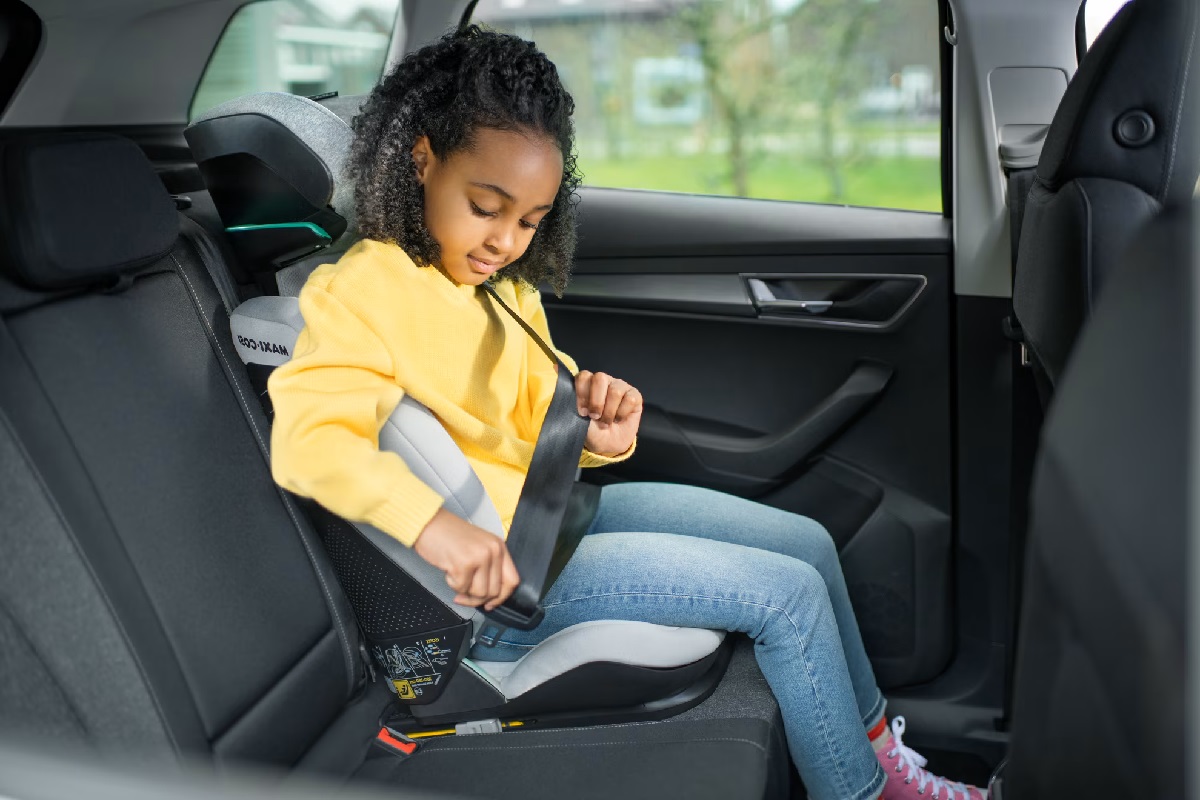
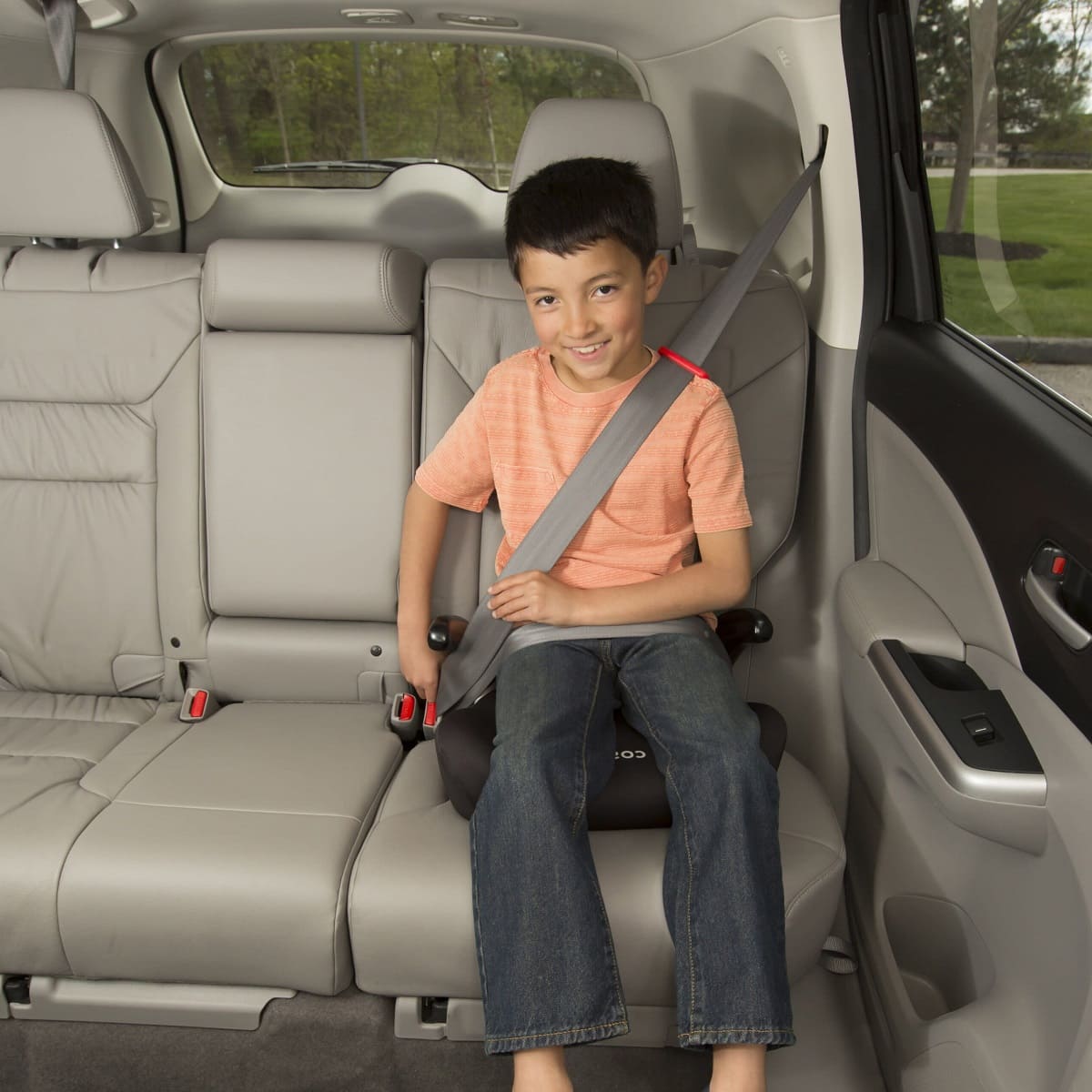


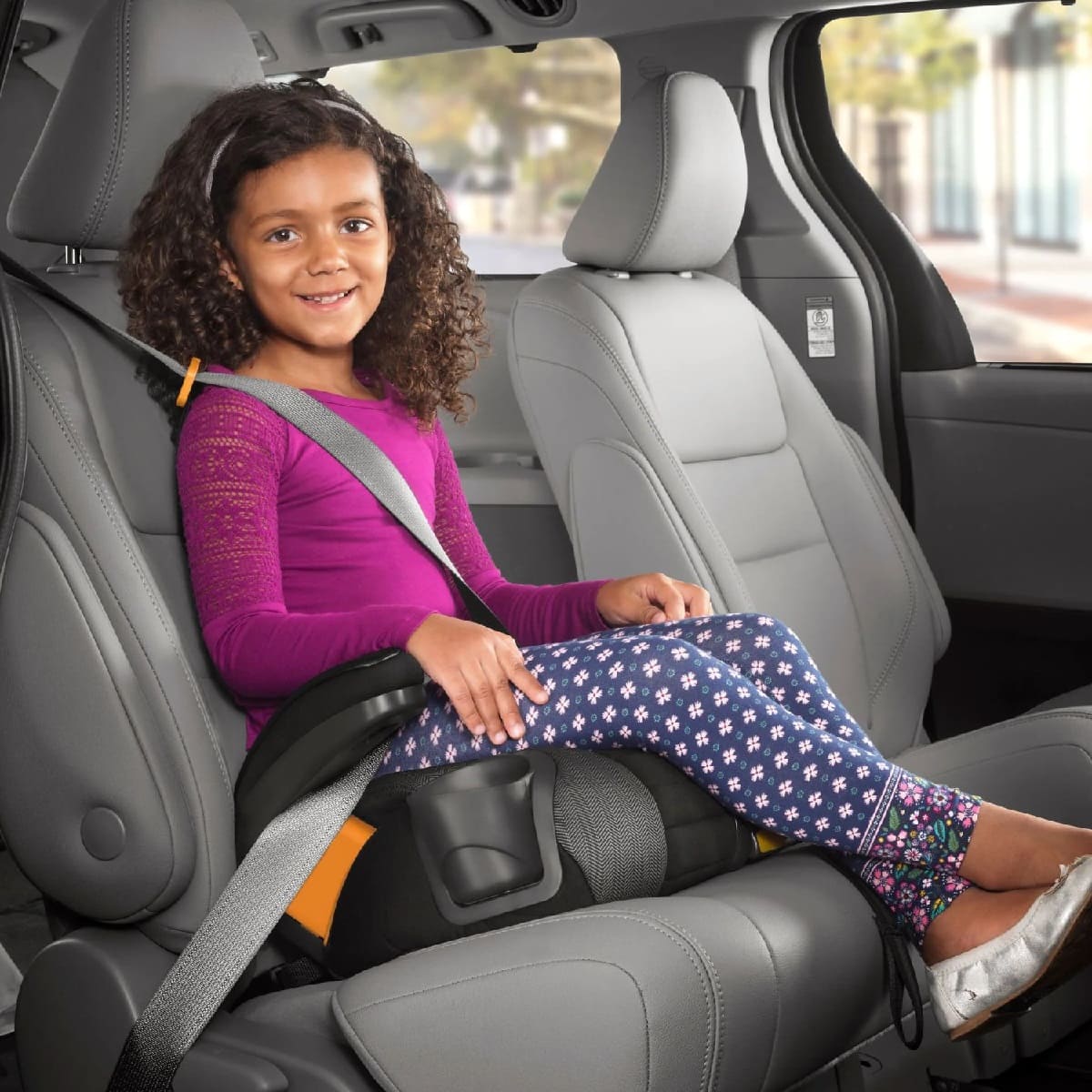
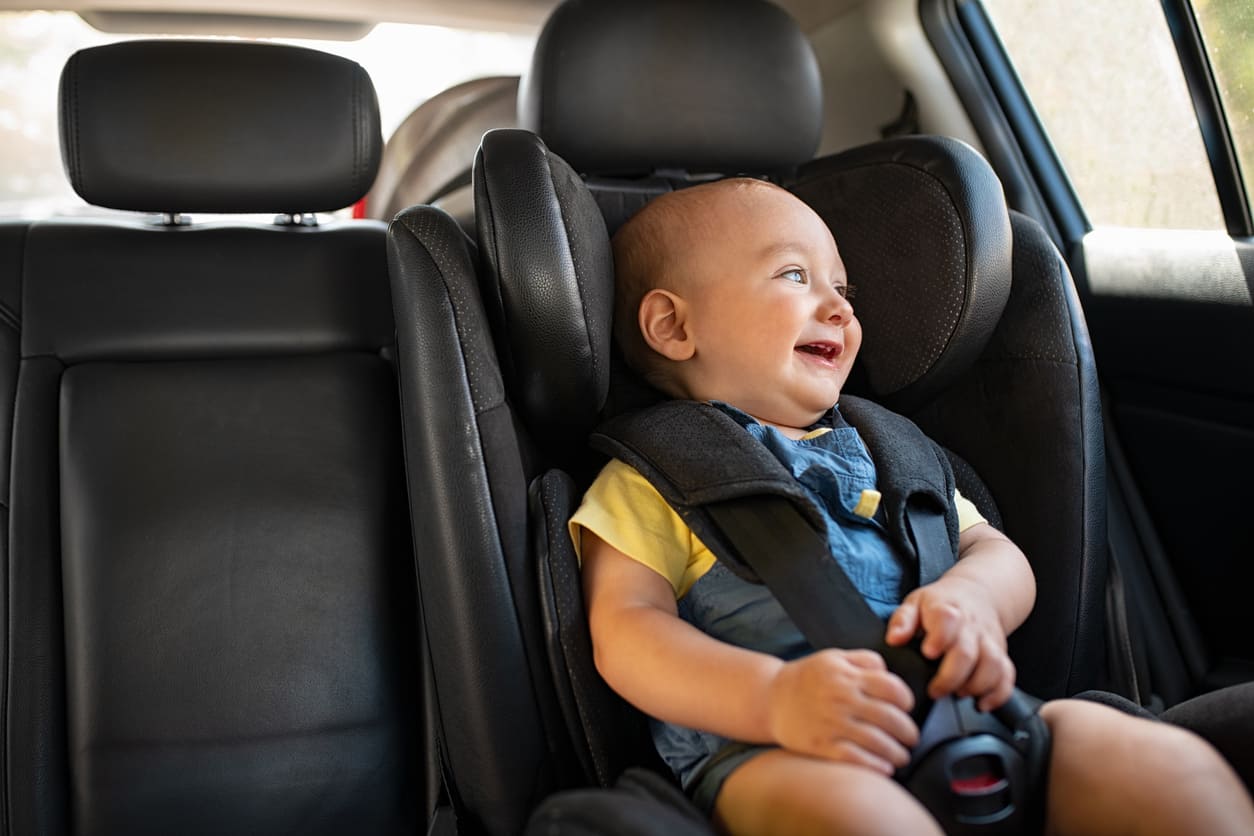
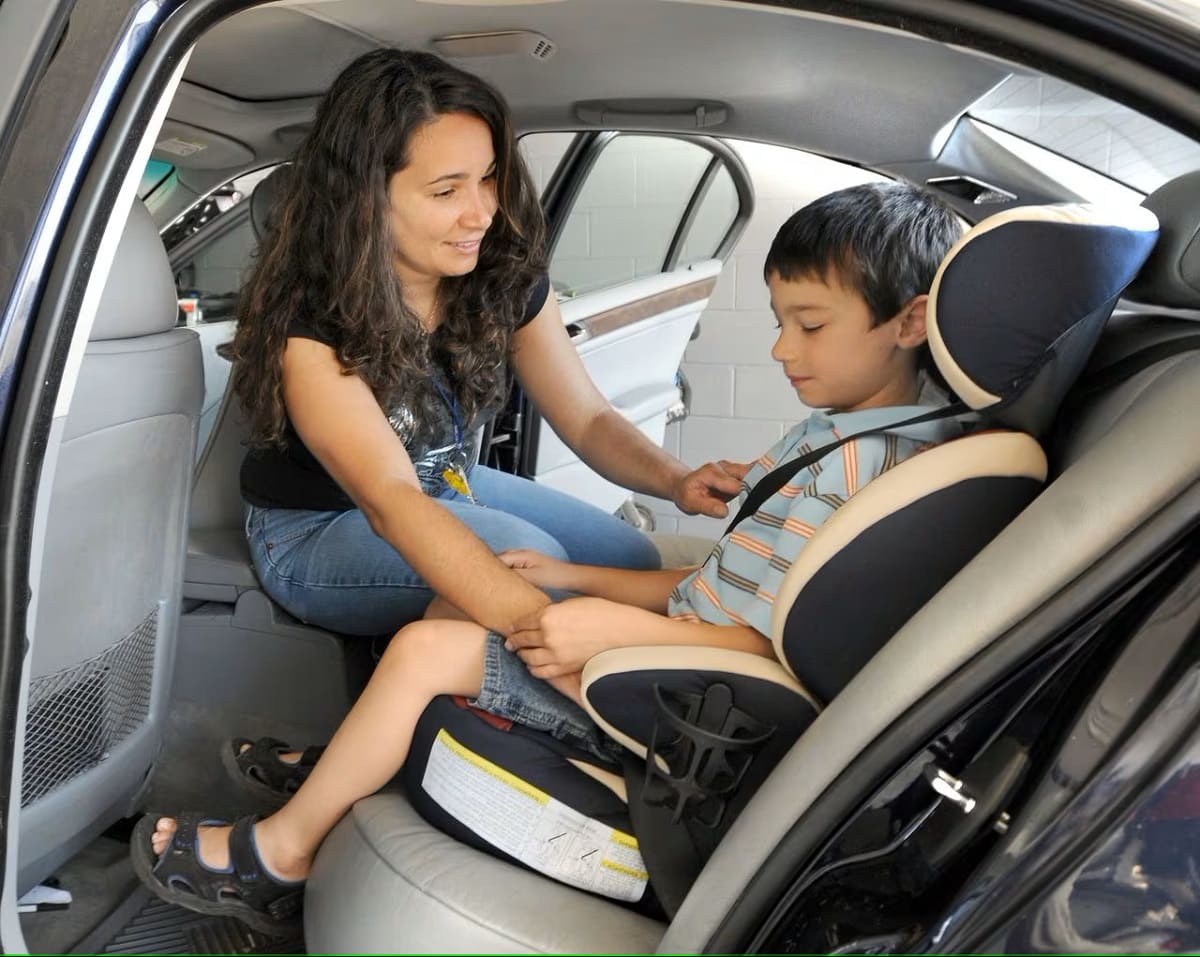

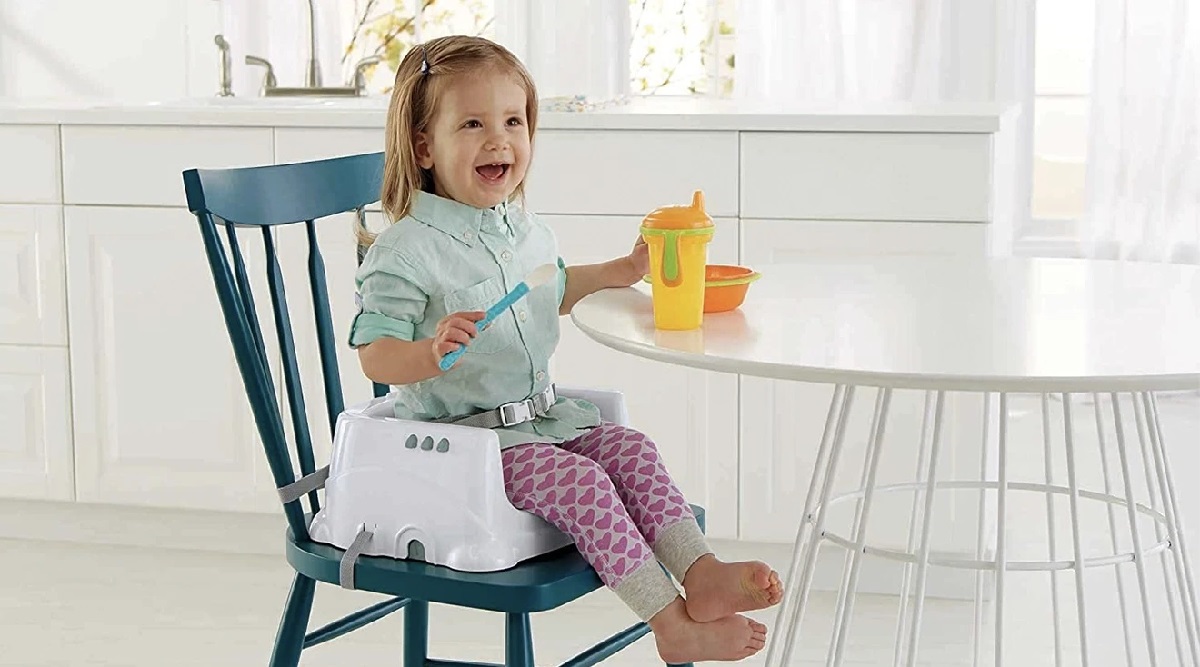



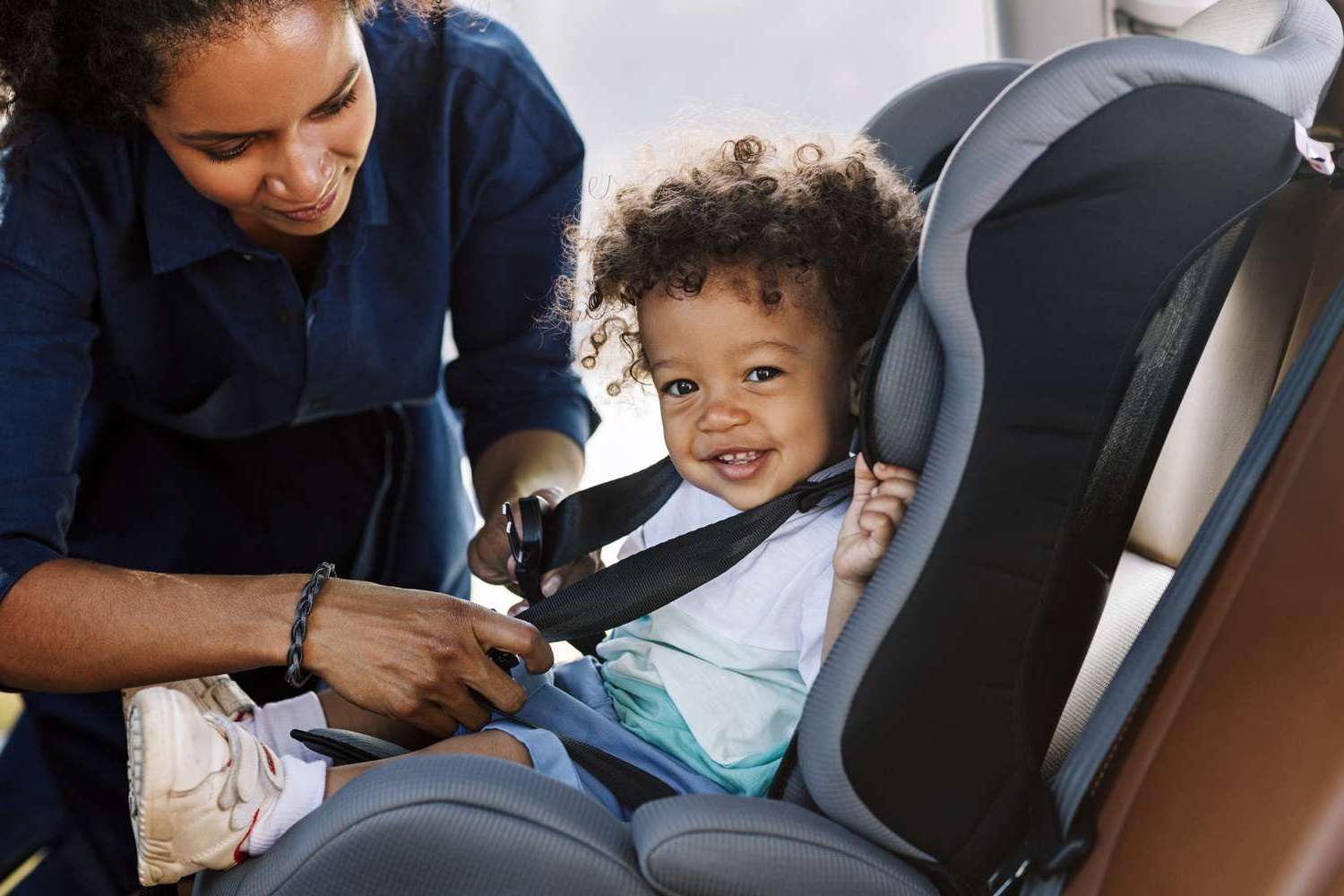



0 thoughts on “When Can You Stop Using A Booster Seat In New York”